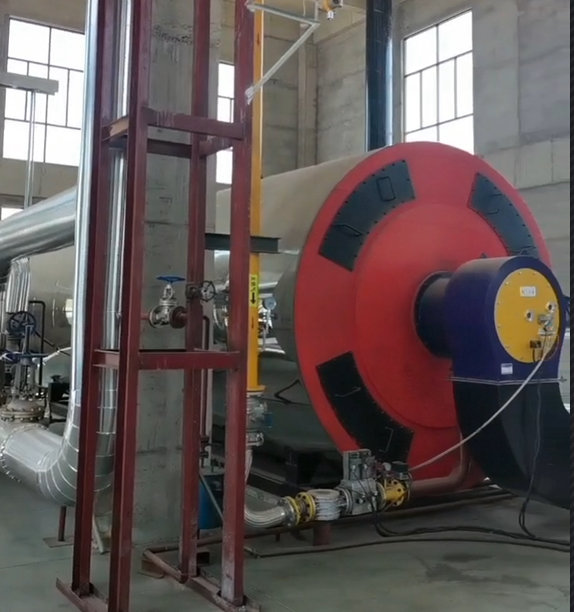
Aug . 31, 2024 06:02 Back to list
steam boiler installation guide
Steam Boiler Installation Guide
Installing a steam boiler is a critical task that requires careful planning and execution to ensure safety and efficiency. This guide aims to provide a comprehensive overview of the essential steps involved in the installation of a steam boiler.
1. Choosing the Right Location
Before installing a steam boiler, selecting the appropriate location is vital. The area should be well-ventilated, spacious, and comply with local building codes and regulations. Ensure that there is adequate clearance around the boiler for maintenance and repairs. Additionally, consider proximity to water and fuel supply lines, as well as easy access to the electrical supply.
2. Preparing the Site
Once the location is determined, the site must be prepared. This includes leveling the floor and ensuring stability to support the weight of the boiler. If the boiler is large, a concrete pad might be necessary. Remove any debris, flammable materials, or obstructions within the vicinity to prevent safety hazards.
3. Plumbing and Piping
Next, it is essential to install the necessary plumbing and piping system. The piping should be made of suitable materials, such as copper or steel, and must be adequately insulated to prevent heat loss. Follow the manufacturer’s guidelines for connections and prevention of leaks. Ensure that the water feeder, steam lines, and drain lines are properly installed to facilitate efficient operation.
steam boiler installation guide

Connecting the boiler to the electrical supply is a crucial step in the installation process. Depending on the boiler model, this may involve wiring for the control panel, safety devices, and automatic feed system. It is advisable to hire a licensed electrician to ensure compliance with local codes and regulations.
5. Installation of Safety Features
Safety is paramount when installing a steam boiler. Install pressure relief valves, safety cut-off switches, and low-water cutoff devices to prevent accidents. These features help to maintain safe operating conditions and protect both the equipment and building occupants.
6. Filling and Testing
Once the boiler is in place and connected, fill it with water according to the manufacturer's instructions. Check for leaks in all connections, and ensure that all safety features are functioning correctly. Conduct a pressure test to confirm that the system can handle the required operating pressure before firing up the boiler.
7. Commissioning
After testing, the system can be commissioned. This involves adjusting the burner, air-fuel mixture, and controls to ensure optimal performance. Monitor the boiler closely during the initial operation phase to detect any anomalies. Regular performance checks and periodic maintenance will ensure efficient operation and extend the life of the boiler.
Conclusion
The installation of a steam boiler is a complex process that requires attention to detail and adherence to safety protocols. By following this guide, you can ensure a safe and efficient installation. However, it is highly recommended to seek professional assistance to meet local regulations and leverage expert knowledge for optimal performance. A well-installed steam boiler not only provides reliable heating but also contributes to energy efficiency and operational cost savings.
-
High-Efficiency Commercial Oil Fired Steam Boiler for Industry
NewsJul.30,2025
-
High-Efficiency Biomass Fired Thermal Oil Boiler Solutions
NewsJul.30,2025
-
High Efficiency Gas Fired Thermal Oil Boiler for Industrial Heating
NewsJul.29,2025
-
High-Efficiency Gas Fired Hot Water Boiler for Sale – Reliable & Affordable
NewsJul.29,2025
-
High Efficiency Biomass Fired Hot Water Boiler for Industrial and Commercial Use
NewsJul.29,2025
-
High-Efficiency Biomass Fired Hot Water Boiler for Industrial Use
NewsJul.28,2025
Related PRODUCTS






















